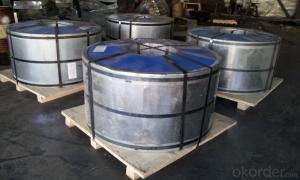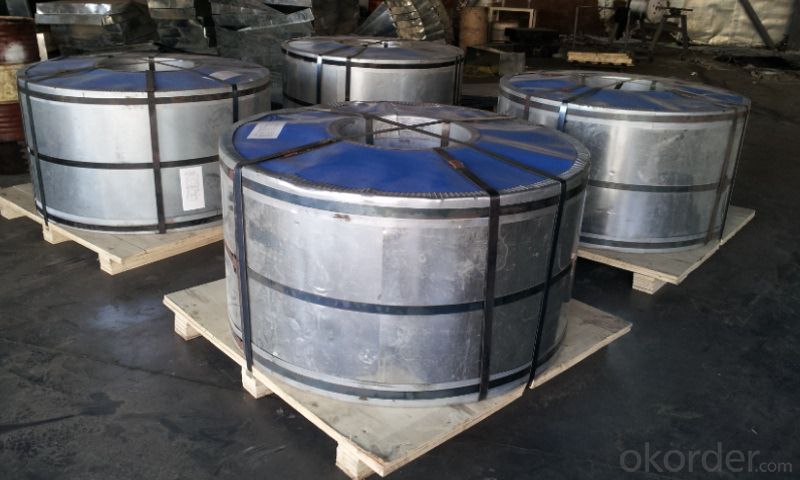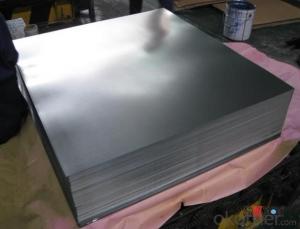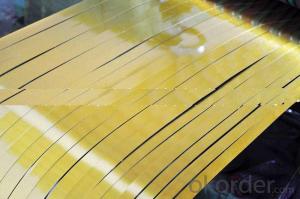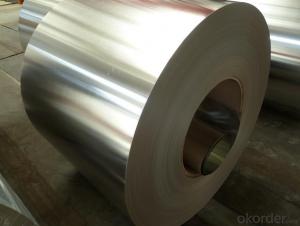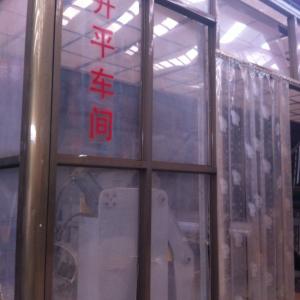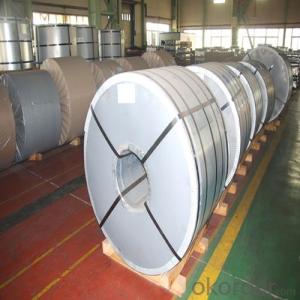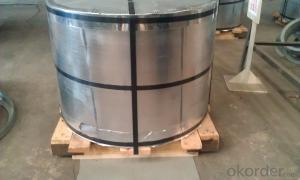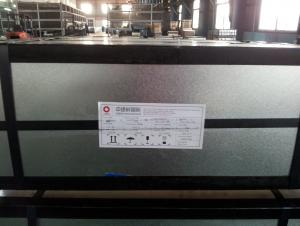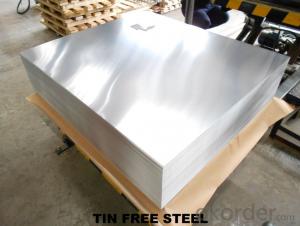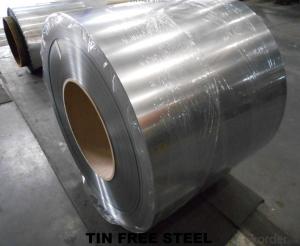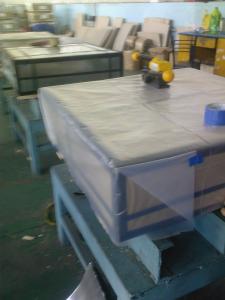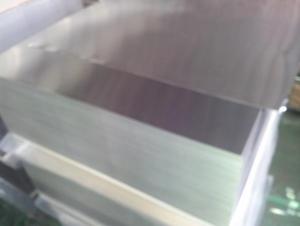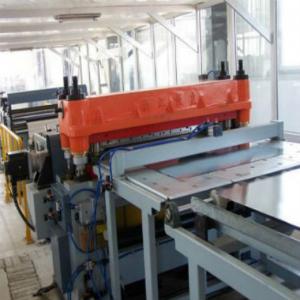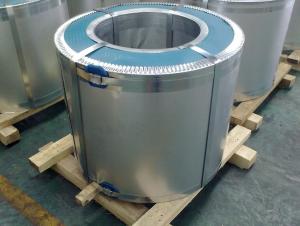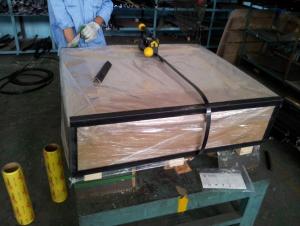TIN FREE STEEL PLATE
- Loading Port:
- China Main Port
- Payment Terms:
- TT OR LC
- Min Order Qty:
- -
- Supply Capability:
- -
OKorder Service Pledge
Quality Product, Order Online Tracking, Timely Delivery
OKorder Financial Service
Credit Rating, Credit Services, Credit Purchasing
You Might Also Like
Coating structure:

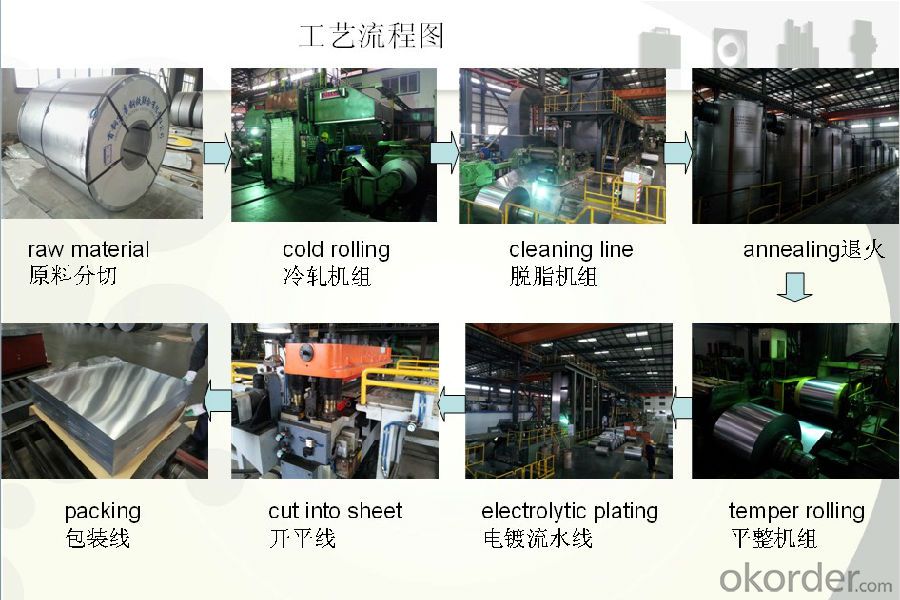
- Q: What are the main challenges in tinplate warehousing?
- One of the main challenges in tinplate warehousing is the fragile nature of the product. Tinplate is susceptible to scratching, denting, and corrosion, so careful handling and storage procedures are necessary to prevent damage. Additionally, due to its relatively low melting point, tinplate requires proper temperature and humidity control to avoid deformation or discoloration. Lastly, tinplate is often packaged in large and heavy rolls, making logistics and space utilization critical challenges in warehousing operations.
- Q: What are the main applications of tinplate in the agricultural industry?
- Tinplate is commonly used in the agricultural industry for various applications such as packaging for seeds, fertilizers, and pesticides. It provides a durable, corrosion-resistant, and tamper-proof solution that helps protect these products from external elements. Additionally, tinplate is also utilized for manufacturing agricultural equipment, containers, and storage tanks due to its strength and resistance to rust.
- Q: Can tinplate be used for chemical packaging?
- Yes, tinplate can be used for chemical packaging. Tinplate is a type of steel coated with a layer of tin, which provides a protective barrier against corrosion and contamination. This makes it suitable for storing and transporting various chemicals safely. Additionally, tinplate is a durable and lightweight material, making it an ideal choice for chemical packaging.
- Q: What are the main factors influencing the profitability of tinplate manufacturers?
- The main factors influencing the profitability of tinplate manufacturers include raw material prices, production costs, market demand, competition, and the efficiency of operations. Additionally, factors such as currency exchange rates, government regulations, and technological advancements also have an impact on profitability.
- Q: How is tinplate used in the food industry?
- Tinplate is commonly used in the food industry for packaging purposes. It is a thin steel sheet coated with a layer of tin, which provides a protective barrier against corrosion and maintains the quality and freshness of food products. Tinplate cans and containers are widely used for packaging canned fruits, vegetables, meat, fish, and other processed food items. The tin coating also prevents any interaction between the food and the metal, ensuring that the taste, flavor, and nutritional value of the food are preserved. Additionally, tinplate is easy to sterilize, making it suitable for products that require high levels of hygiene and long shelf-life, such as canned soups and sauces.
- Q: How does tinplate contribute to the protection of musical instruments?
- Tinplate is commonly used in the manufacturing of musical instrument cases and containers due to its durability, corrosion resistance, and ability to provide a protective barrier. It helps safeguard musical instruments from external factors such as moisture, dust, and impacts, ensuring their longevity and preserving their sound quality.
- Q: What are the benefits of using tinplate for kitchenware?
- There are several benefits of using tinplate for kitchenware. Firstly, tinplate offers excellent corrosion resistance, ensuring that the kitchenware remains durable and long-lasting. Secondly, tinplate is lightweight, making it easy to handle and maneuver while cooking. Additionally, tinplate has a smooth and shiny surface, enhancing the aesthetic appeal of kitchenware. Lastly, tinplate is also a sustainable choice as it can be easily recycled, contributing to environmental conservation efforts.
- Q: Can tinplate be used for packaging confectionery products?
- Yes, tinplate can be used for packaging confectionery products. Tinplate is a commonly used material for food packaging due to its durability, resistance to corrosion, and ability to maintain product freshness. It provides a safe and secure packaging option for confectionery items, ensuring a longer shelf life and preserving the quality of the products.
- Q: What is the purpose of tinplate coating?
- The purpose of tinplate coating is to provide a protective layer of tin on steel or iron surfaces, which helps prevent corrosion and enhance the appearance of the metal.
- Q: How is tinplate coated with water-based paints?
- Tinplate is coated with water-based paints using a process called coil coating. In this process, the tinplate is cleaned and then coated with a primer layer, which helps in improving adhesion. After the primer layer, multiple layers of water-based paints are applied using rollers or spray techniques. These layers are then dried and cured to form a strong and durable coating on the tinplate surface.
Send your message to us
TIN FREE STEEL PLATE
- Loading Port:
- China Main Port
- Payment Terms:
- TT OR LC
- Min Order Qty:
- -
- Supply Capability:
- -
OKorder Service Pledge
Quality Product, Order Online Tracking, Timely Delivery
OKorder Financial Service
Credit Rating, Credit Services, Credit Purchasing
Similar products
Hot products
Hot Searches
Related keywords
